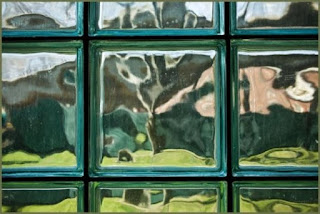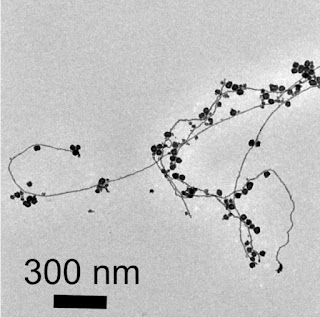Materials Scientists Find Better Model For Glass Creation
https://materialscience-nano.conferenceseries.com/events-list/advanced-ceramics-and-composite-materials
"A glass is lasting, yet just finished a specific time scale. It's a fluid that simply quit moving, quit streaming," said David Weitz, Mallinckrodt Professor of Physics and Applied Physics in Harvard's School of Engineering and Applied Sciences (SEAS) and the Department of Physics.
Harvard materials researchers have thought of what they accept is another approach to demonstrate the arrangement of glasses, a sort of nebulous strong that incorporates basic window glass.
Glasses shape through the procedure of vitrification, in which a glass-framing fluid cools and gradually turns into a strong whose atoms, however they've quit moving, are not for all time bolted into a gem structure. Rather, they're more similar to a fluid that has only quit streaming, however they can keep on moving over long extends of time.
Full Story:
"A glass is changeless, however just finished a specific time scale. It's a fluid that simply quit moving, quit streaming," said David Weitz, Mallinckrodt Professor of Physics and Applied Physics at Harvard's School of Engineering and Applied Sciences (SEAS) and the Department of Physics. "A gem has an extremely remarkable structure, an exceptionally requested structure that rehashes itself again and again. A glass never rehashes itself. It needs to be a precious stone however something is keeping it from being a gem."
Other than window glass, produced using silica or silicon dioxide, Weitz said numerous sugars are glasses. Nectar, for instance, isn't a glass at room temperature, yet as it chills off and hardens, it turns into a glass.
Researchers like Weitz utilize models to comprehend the properties of glasses. Weitz and individuals from his examination gathering, together with partners at Columbia University and the University of North Texas, report in the current week's Nature another wrinkle on an old model that appears to enhance how well it impersonates the conduct of glass.
The model is a colloidial liquid, a fluid with minor particles, or colloids, suspended uniformly in it. Drain, for instance, is a well-known colloidial liquid. Researchers show cementing glasses utilizing colloids by adding more particles to the liquid. This builds the particles' fixation, making the liquid thicker, and influencing it to stream all the more gradually. The upside of this way to deal with examining glasses specifically is estimate, Weitz said. The colloid particles are 1,000 times greater than an atom of a glass and can be seen with a magnifying instrument.
"They're enormous; they're moderate. They get slower and slower and slower and slower," Weitz said. "They don't carry on like a liquid. They don't act like a precious stone. They carry on from multiple points of view like a glass."
The issue with conventional colloids utilized as a part of these models, in any case, is that they regularly quickly set past a specific point, dissimilar to most glasses, which keep on flowing perpetually gradually as they step by step set. Weitz and partners made a colloid that acts more like a glass in that route by utilizing delicate, compressible particles in the colloid rather than hard ones. This influences the particles to press together as more particles are included, influencing them to stream all the more gradually, yet postponing the time when it sets, giving it a more glasslike conduct.
By changing the colloidal particles' solidness, specialists can fluctuate the colloidal conduct and enhance the model's steadfastness to different glasses.
"There's this abundance of conduct in sub-atomic glass and we never observed this abundance of conduct in colloid particles," Weitz said. "The reality you can imagine things gives you enormous understanding you can't get with sub-atomic glass."
Weitz's co-creators are Johan Mattsson, Hans M. Wyss, and Alberto Fernandez-Nieves of Harvard's Department of Physics and School of Engineering and Applied Sciences; Kunimasa Miyazaki and David R. Reichman of Columbia University; and Zhibing Hu of the University of North Texas. Their work was financed by the National Science Foundation, Harvard's Materials Research Science and Engineering Center, the Hans Werthén Foundation, the Wenner-Gren Foundation, the Knut and Alice Wallenberg Foundation and the Royal Society of Arts and Sciences in Göteborg, the Ministerio de Ciencia e Innovación and the University of Almeria, and KAKENHI.



Comments
Post a Comment